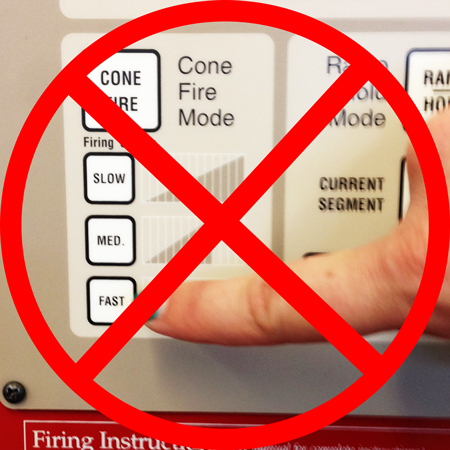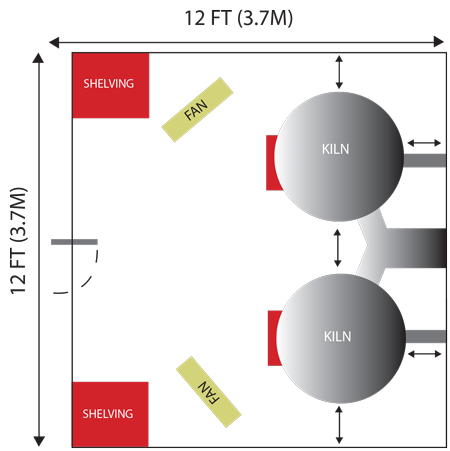FAQ’S – Art Teachers
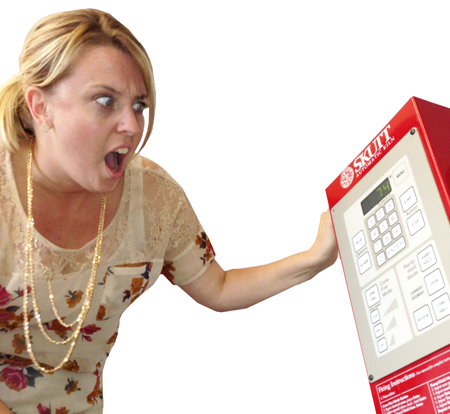
I Was a Painter in Art School…Can I Do This?
The answer is YES YOU CAN. We get calls all the time from art teachers who find themselves running a clay program and have never fired a kiln. It can be a little intimidating the first time, but no worries, it is much easier than you think.
The first thing to do is take a deep breath, relax and know we have your back. You can call us any time with questions on how to program your kiln. Your local clay supplier and fellow art teachers are also a great resource to get you through the learning curve.
Before long you will find that programming your kiln is just like heating something up in the microwave, you won’t think twice about it. Here are a couple of helpful links to get you started
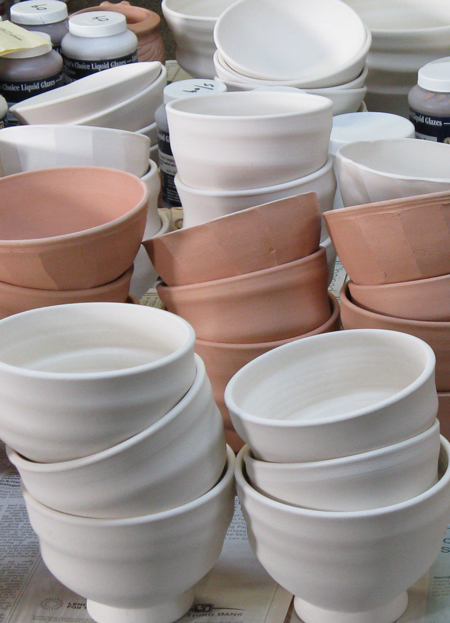
What Temperature Should I Fire My Bisque?
Most classrooms are using low fire clay and glazes. The key to a successful bisque firing is burning out all of the combustibles so they don’t come through on your glaze firing (known as pinholes). The general rule of thumb would be to bisque at 2 cones hotter than your glaze firing, therefore, most art teachers will bisque at Cone 04 and glaze at Cone 06.
All clay bodies are not the same however. Sometimes if you fire your bisque to high it does not create a good bond with the glaze. If you find you have an issue with this try firing at Cone 05. Always make sure the bisque is bone dry and fired at slow speed.
Here is a great article by David Gamble talking about bisque.
I Am In a Hurry…Can I Use the Fast Speed in ConeFire Mode?
NO!!!!!!!!!!! Ok…sorry for yelling. The Fast speed is just for lower temperature firings like Decals and Lusters. Now it is true that Teachers have used the fast firing speed and have gotten away with it…but…is it really worth the risk to save a few hours?
Just think of how awful you would feel opening your kiln to find shards of ceramic pieces on the shelf and wondering how you are going to explain this to your students. Then you have to clean out the whole kiln and if pieces got on the elements and melted you have to explain to your principle why you need to order new elements.
Stick with Slow for Bisque and Medium for Glaze firings. The students create enough drama, you don’t need it from your kiln too!
We Have A New Fire Marshal Who Wants To Shut Down My Kiln Room…What Do I Do?
New principals and fire marshals are often intimidated by kilns when they have not had experience with them. Don’t worry, we have helped talk these guys off the roof before.
Kilns are fired safely in 10’s of thousands of homes and schools daily. All you need to do is make sure your kiln is set up in accordance with manufacturer recommendations and local building codes and you will be fine. Show them the UL safety listing on the serial plate of the kiln and be sure to call us if you need help.
Ceramic programs are too important to the education of our youth to be shut down due to ignorance. Watch this video with your principle on how to safely set up your kiln room and download this document to give to your Fire Marshal and you should be fine. If they say it doesn’t comply, ask them why and then call us.

Can I Fire My Bisque and Glaze in One Firing
This is done in industry and by experienced high fire potters. You may have heard the term “Monocotura” if you ever shopped for tile. This is an Italian term that literally means single fired. It is generally is considered to be higher quality because the glaze bonds better to the clay. This works in industry because they have Ceramic Engineers controlling every step of the process from materials selection to glaze application to the firing process. In a classroom setting it could spell disaster. You will more than likely end up with a lot of glaze defects like pin holing. If something is going to blow up in the kiln it is almost always going to happen during a bisque fire. Wouldn’t you rather this happen before the students had glazed the pieces.
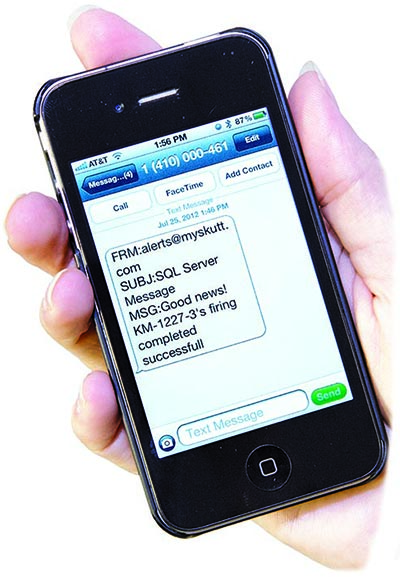
Do I Have to Be There While the Kiln is Firing?
Ultimately this is a policy decision for your administrators to make. All manufacturers recommend that you are present when the kiln is scheduled to shut off. This is more to make sure the kiln shuts off as expected to protect your ware and the interior of your kiln. I think what administrators are more afraid of is fire damage or a student wondering in and getting burned. Kilns are meant to contain heat so the fire damage aspect does not make too much sense. I don’t think they make the janitor sit around and watch the furnace all night. Anyway, if your kiln is electrically sound (just like any other electrical machine, the room is secure from students, and there is no combustible material i nthe room that is going to be blown against the kiln, it should be fine. If you want the piece of mind of being able to monitor your kiln from your smart phone check out KilnLink.
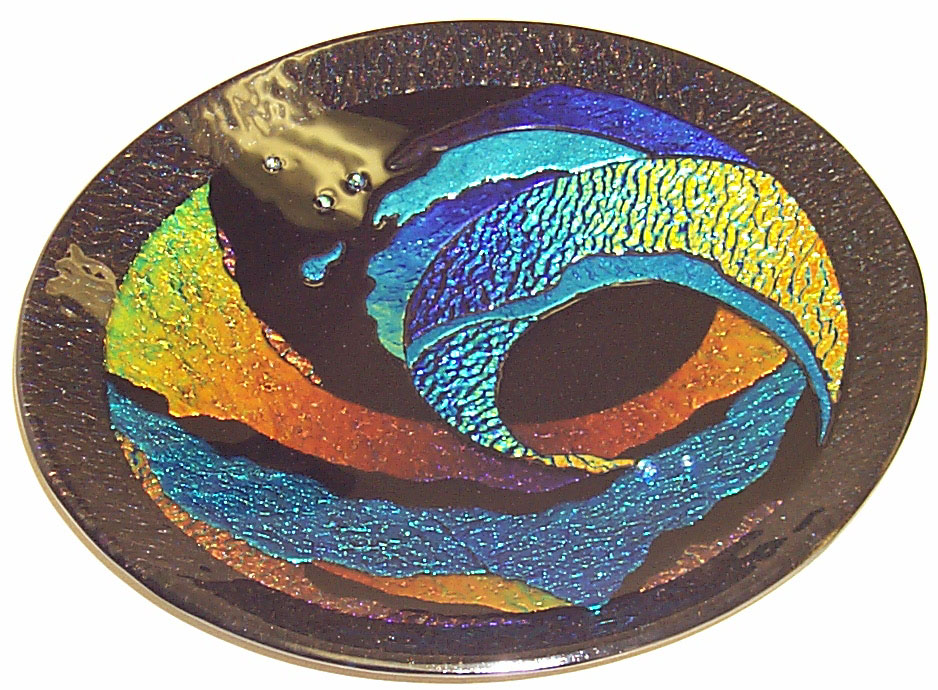
Can I Fuse Glass in My Ceramic Kiln?
As a matter of fact you can. For years it was believed that glass could only be fused in a kiln with elements in the lid. Artists worried that if you tried to fuse glass in a side-fired kiln the temperature difference between the edges of the glass near the elements, and the center of the glass would become to great and the piece would crack. We then found out that if you slow your firing program down you can keep this temperature difference to a minimum and the fused pieces came out just fine. When you fuse in a side fired kiln you have the advantage of being able to load pieces on multiple layers so you can fire an entire class’s projects at one time. Take a look at this article that tells you how to load and program your kilns for glass.Fusing Glass in Your Ceramic Kiln
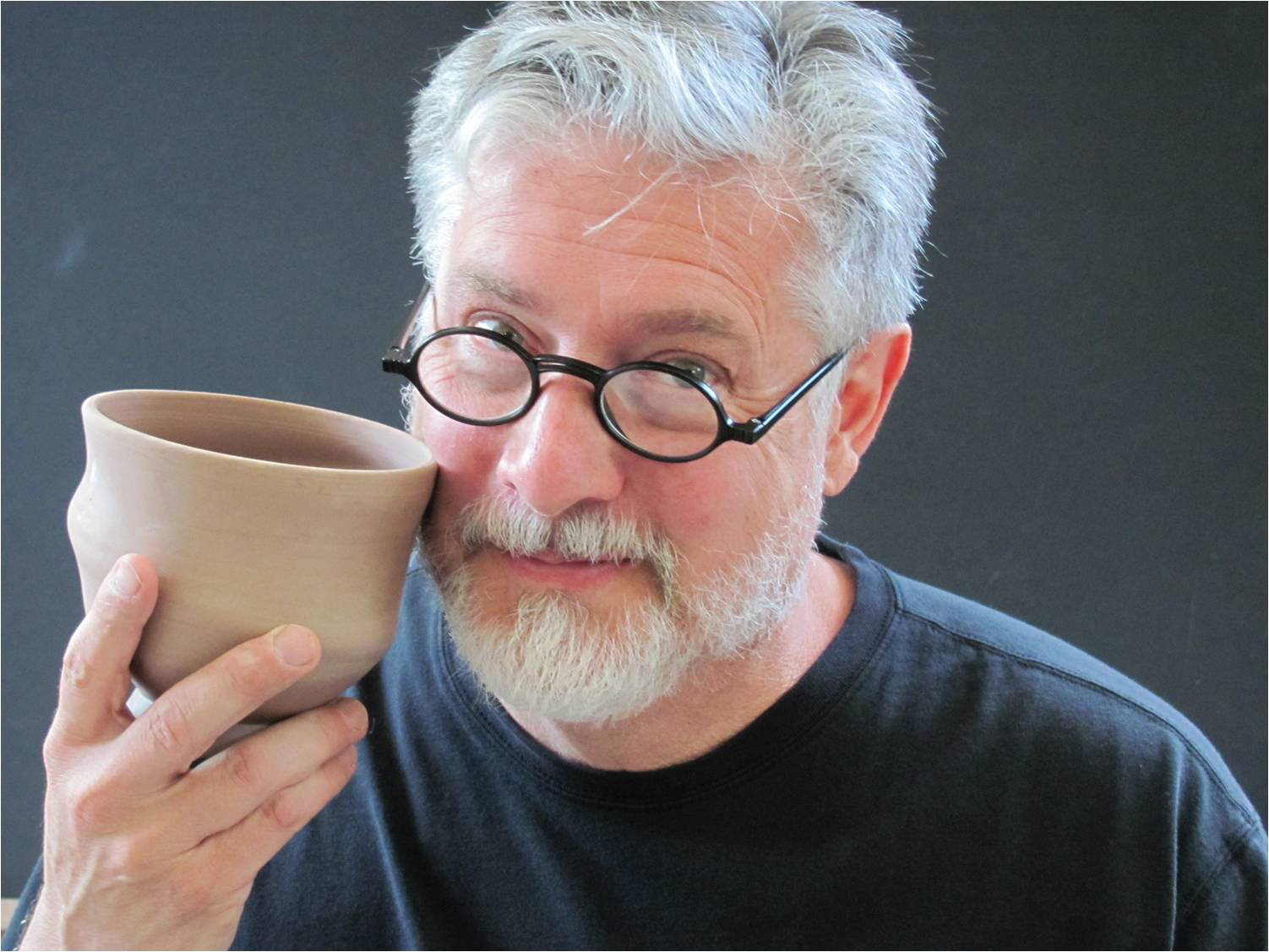
Can I Use My Kiln to Dry the Greenware Faster?
NO! Sorry, there I go yelling again. We are just trying to help you make your kiln last longer. The fact is, your kiln hates moisture. The moisture from the clay attacks anything that is metal in your kiln. This includes your bands, elements, thermocouple and hardware. If your kiln was made within the past 10 years you will notice the first question it asked you when you are programming is “How long do you want to Preheat?”. The Preheat feature is to be used to ensure small amounts of moisture left in the greenware is drawn out before the kiln reaches temperatures high enough to make cause the moisture to turn to steam and potentially damage the piece as it is released. A good rule of thumb is to hold the greenware up to your cheek. If it is cool, it still has moisture in it. If it is room temperature it is ready to be loaded.
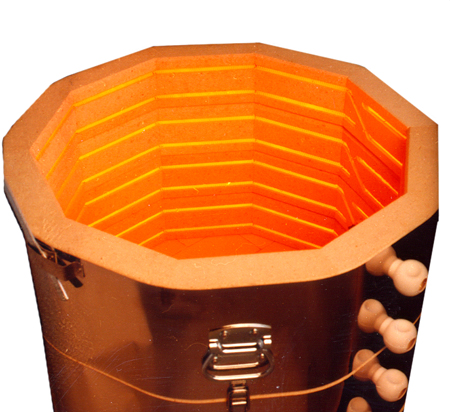
What is the Purpose of a Hold Time in ConeFire Mode
When you are entering a ConeFire program the last question it asked you is how long do you want to hold at peak temperature? A hold time can serve several purposes. probably the most important function of a hold time is to allow the kiln time to “balance out”. If a kiln is loaded denser in a particular part of the kiln it can take a little longer for those pieces to reach temperature. A 5 minute hold time can give those pieces that are lagging behind time to catch up with the rest of the kiln and therefore “balance out”. Remember, that a 5 minute hold is entered 00.05 not 05.00 (like your microwave). I 5 hour hold could ruin all of the pieces in your kiln. We rarely recommend entering a hold time in ConeFire Mode of more than 20 minutes.


